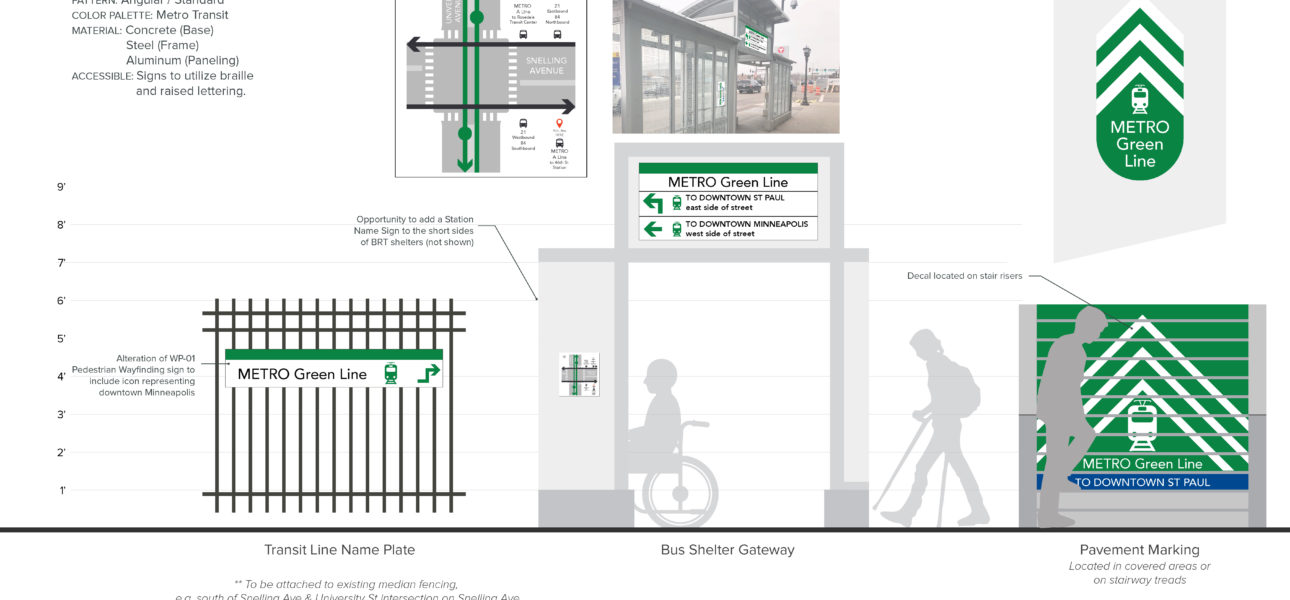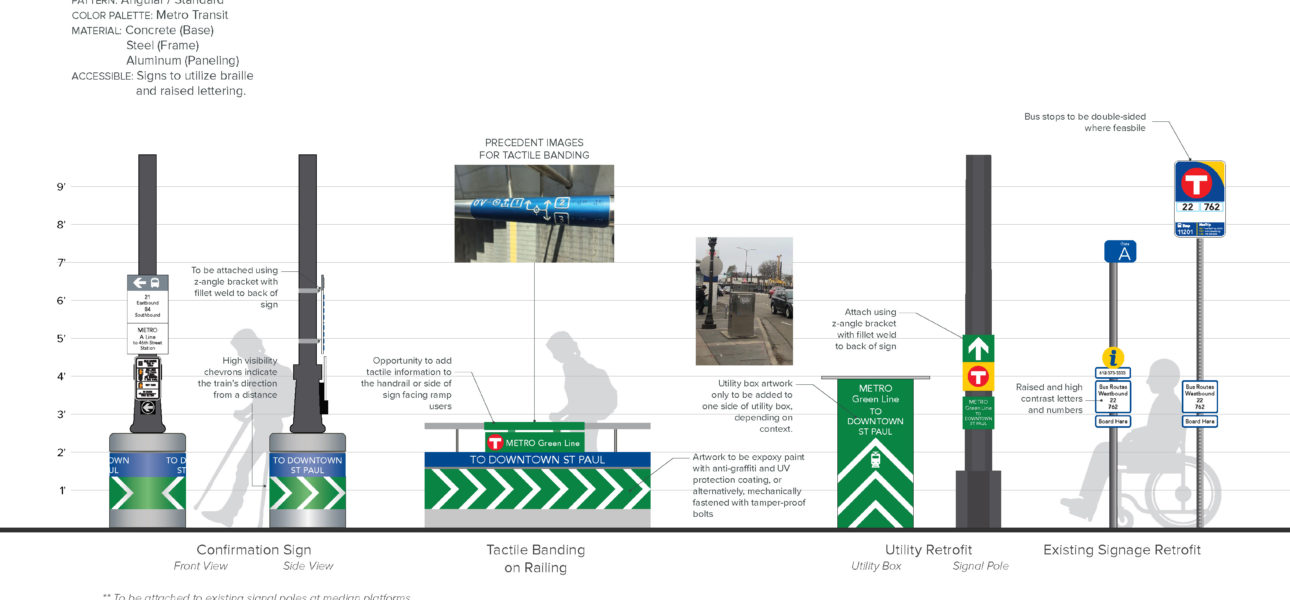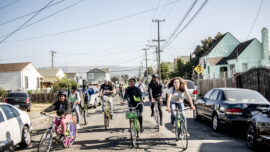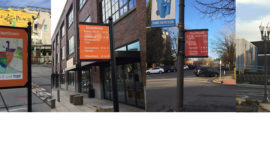With a focus on improving safety and accessibility for people with Limited English Proficiency (LEP) and people with disabilities, Alta developed wayfinding design guidelines for Minnesota's Metro Transit transfer points.
Metro Transit is responsible for public transportation including light rail transit (LRT), regional commuter rail (Northstar Line), buses, and Metro Mobility. Improving wayfinding at high volume transfer points reduces barriers by clarifying how riders transfer between modes and where routes travel, which pedestrian crossings are least stressful, and the location of rail platform exits in relation to the station’s surroundings.
Building on universal design best practices to develop guidelines for Metro Transit, Alta’s process included community engagement with people with disabilities and people with limited English Proficiency. The team reviewed existing guidelines and conditions in the field to understand existing transfer points, then facilitated a design preference survey meeting to get input from stakeholders on wayfinding needs and desires. Transfer points were sorted into one of five typologies based on station characteristics, available modes, and land use context. Wayfinding concepts were developed along with placement scenarios, based on station typologies. The resulting guidebook builds on Metro Transit’s existing design guidelines to provide recommendations for improvement. The document will be ADA compliant and screen-reader compatible.






